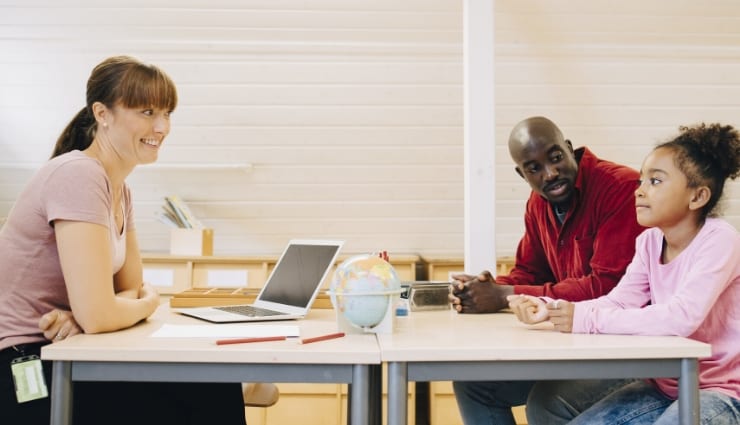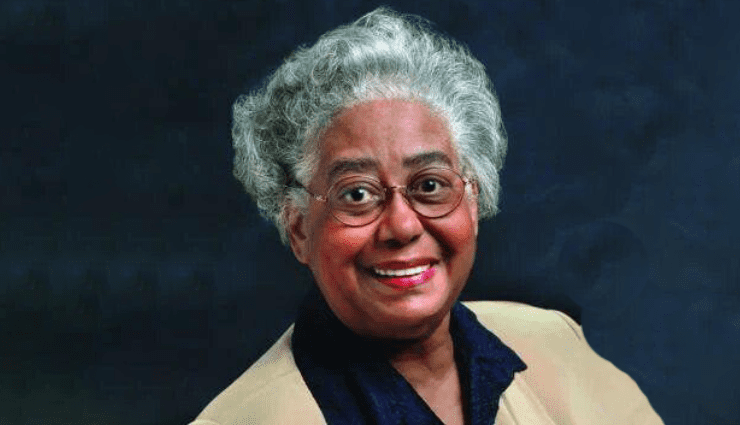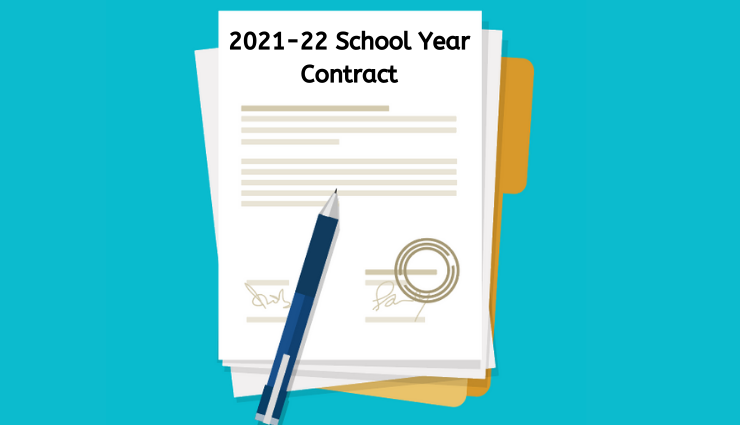Parents as Allies

Back in my teaching days, I knew my subject well and felt confident in my interaction with students. But parents? They made me nervous. I didn’t really know how to interact with them without being jumpy. More than anything, I hoped to avoid any kind of conflict or tension. Nowhere in my teacher training did anyone address the question of parent relations. While the first school I worked in offered new teacher training (a weekend retreat), parents were not on the agenda. So, to the best of my ability, I simply aimed to limit my contact with parents and hope for the best. And I know I was not alone.
The teacher-parent relationship is uniquely complex. Nowhere are parents as feared as they are in school, and nowhere do parents feel less in control of their children than they do in school. Nevertheless, teachers and parents must work together on behalf of the children.
The tendency is to aim for minimal interaction with parents through carefully orchestrated Parents Nights and a quick succession of parent-teacher conferences where the focus is on keeping the communication flowing in one direction — school to parents, with the school explaining policies, practices, expectations, grading, etc. When needed, usually regarding a disciplinary matter or a student doing poorly in class, schools will contact parents directly to resolve the matter — usually awkwardly and to no one’s satisfaction.
While this has been the status quo in the majority of schools for years, Soo Hong, chair of education at Wellesley College and author of “Natural Allies: Hope and Possibility in Teacher-Family Partnerships,” makes it clear that keeping parents at bay in such a manner is a mistake. At worst, she notes, such practices marginalize both parents and students and undermine school efforts at meeting each student’s needs as well as possible. They also undermine school efforts at diversity, equity, and inclusion, which require that teachers and administrators understand and support their students’ varied cultural experiences.
As Hong points out, research makes it clear that thoughtful, well structured family engagement is better for students, parents, and teachers than the perfunctory or laissez faire approach. With effective family engagement, students make greater academic gains, school attendance improves, college enrollment increases, and student well-being rises. Meanwhile, parents report more satisfaction in their relationships with teachers and administrators and say they are more optimistic about their child’s achievement and trajectory for future success.
As for teachers, thoughtful engagement with families improves job satisfaction and feelings of personal and professional connection. It also helps them become more effective teachers. Rather than making assumptions about parents and their students’ home lives, teachers who connect well with families are working with accurate data and can more effectively help each child succeed in school on an academic and social-emotional level.
It’s understandable that teachers can be leery of parents. While parents focus singularly on the well-being of their child, teachers must attend to that child within the context of the class as a whole. This difference in focus is often the source of conflict. But Hong points out that it not only doesn’t have to be this way, it shouldn’t be this way. “When schools set a vision for family engagement that is central to school culture and decision-making,” she writes, “it can lead to the reinvention of a school — from one that operates in isolation or apart from families to one that is grounded in experiences of students’ families and communities.”
This is particularly important for schools that enroll an increasingly diverse group of students who bring with them a wide-range of cultural experiences. A central point of “Natural Allies” is that schools should be much more deliberate about creating authentic engagement with families for a variety of reasons but especially if they care about equity and justice. “To create schools that truly promote culturally sustaining pedagogies and practices,” Hong writes, “we must encourage teachers to cultivate relationships that are rooted in trust and recognize the full range of resources that families bring.”
While educators may see schools as institutions that promote opportunity and support young people in pursuit of their dreams, in reality schools are often institutions that “reflect, reinforce, and reify the illness and inequity of the larger society. Systems of structural oppression such as racism, poverty, economic segregation, and anti-immigration policies are replicated in schools unless educators are explicit about an intention and vision to implement antiracist and anti-oppressive practices.” Instead of letting schools continue to be marginalizing institutions, instead of keeping parents at bay, instead of enacting decisions with limited family participation, Hong argues that we need to shift to becoming more open and collaborative and view family engagement as an essential part of educational equity.
Along with highlighting academic research supporting her thesis, Hong interviews and observes five teachers for whom good teaching includes a deep commitment to family engagement. She also outlines the steps these teachers’ schools have taken to ensure effective parent-teachers partnerships. In other words, these five teachers are not necessary standout teachers. Rather, they are teachers who have developed their skills in family relations because of school structures that require and support such interaction.
While “Natural Allies” focuses primarily on public and charter schools, there are lessons here for all schools. It starts with an honest examination of the existing relationship between a school and parents. Family engagement can’t be superficial. That’s the bottom line. It requires a clear vision that brings aspirational notions of education to life, along with clear expectations and professional support for all teachers.
In one of the schools profiled in Hong’s book, teachers are hired in part on their commitment to family relations — and are evaluated on their interaction with parents. The school’s kindergarten and first grade teachers are required to visit the home of every student prior to the start of school. The school also sets aside time in the morning for parents to not just drop off their children but to come into the classroom and read books with their child or with a group of children. This informal time is just one of many ways the school aims to connect parents with the school.
While “Natural Allies” does offer plenty of insights into how to build family-teacher partnerships, Hong also makes it clear that there is no single way to approach parent interaction. Schools that celebrate the diversity of their community must “strive to be unique, not uniform.” Still, it helps to see parent relations in a positive social and education light — as an alliance that benefits everyone.
When it comes to the question of developing skills for teacher-parent interaction, Hong offers some steps schools can take. For independent school educators, I’d also recommend that educators view the NYSAIS-Now seminar, Collaborating with Parents, by Lisa Damour, a clinical psychologist and author who works at Laurel School in Ohio. NYSAIS-Now is a presentation from the New York State Association of Independent Schools that is available on the NYSAIS website to all educators. Damour’s presentation in particular can help educators understand the relational resistance on both sides of the parent-teacher equation, but also, as Hong notes, the absolute importance of getting parent relations right.
Much of what Damour says about relating with parents comes directly from her work as a psychologist. Every relationship is unique, of course, but at the core of each is the clear understanding that parents truly matter. It is the educator’s job to ensure all parents that they and their children are deeply valued. In doing so, educators relay their positive intentions. “Collaboration is only possible when we view parents as valued teammates in the effort to understand and support their child,” Damour says. “When parents feel we genuinely care for their children and want to help their children thrive.”
Additional Resources:
The Importance of Positive Parent-Teacher Relationships (ISM, April 17, 2018)
Beyond the Open House: How Schools Make Parent Engagement Fun and Effective, by James Paterson (Independent Ideas Blog, September 25, 2017)
Nurturing Positive Relationships with Parents, by Patrick F. Bassett (AdvancEd.org, Spring 2010)
20 Tips for Developing Positive Relationships with Parents, by Elena Aguilar (Edutopia, September 23, 2011)
Eight Ways to Create a Parent Experience that Wows, by Chuck English (Independent Ideas Blog, May 04, 2018)
Michael Brosnan is an independent writer and editor with a particular interest in education and social change. His latest book of poetry, “The Sovereignty of the Accidental,” was published by Harbor Mountain Press. He can be reached via his website.








